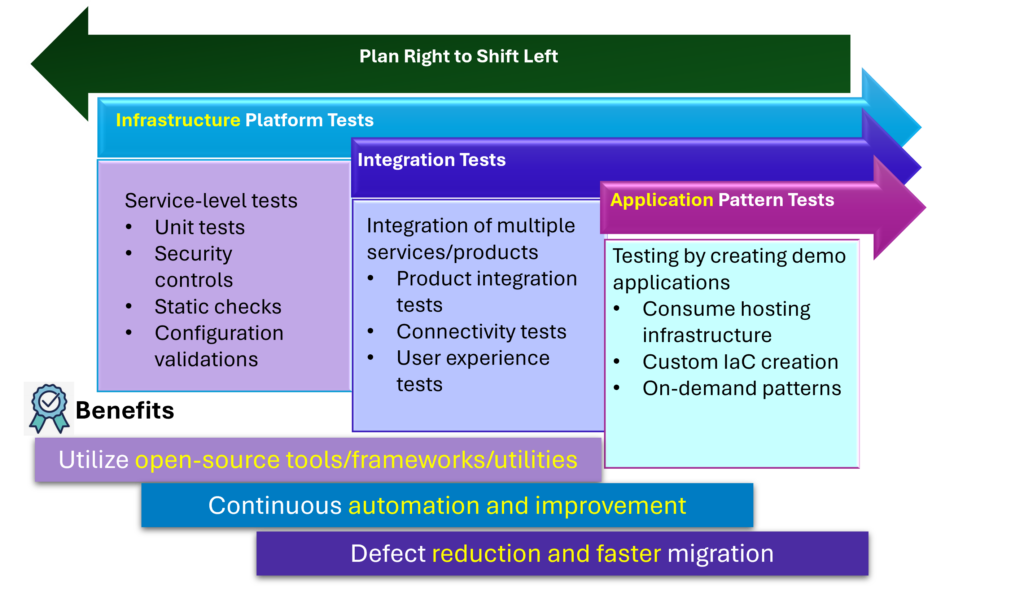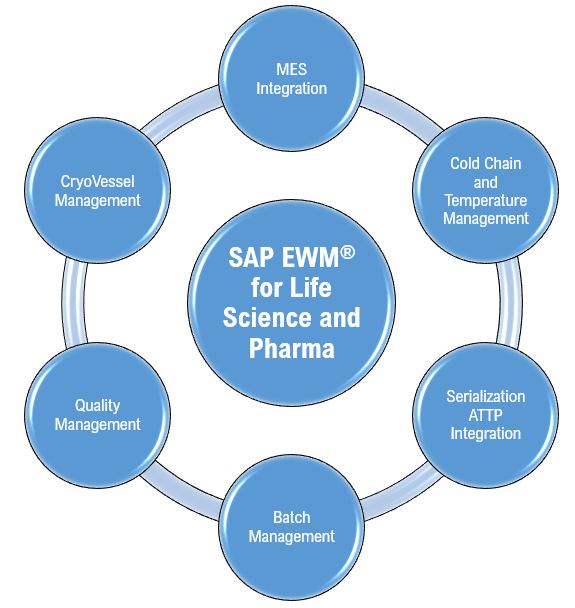In today’s rapidly evolving cloud landscape, infrastructure as code (IaC) has become a cornerstone for efficient and scalable deployments. However, ensuring the integrity of IaC during migration remains a significant challenge.
Organizations need to maintain the integrity of their cloud foundations and avoid costly disruptions when they identify and address the above challenge early in the development workflow. This is where Infosys Quality Engineering (IQE) Infrastructure Test Harness comes into play.
IQE Infrastructure Test Harness is a framework designed to automate the testing of IaC configurations. It validates the correctness, compliance, and security of IaC, enabling early detection of issues and ensuring consistency. Moreover, integrating a test harness into the development workflow also significantly improves the reliability and stability of the larger cloud infrastructure.
Key Benefits of the IQE Infrastructure Test Harness
The framework offers several benefits that eliminate errors and keep the infrastructure stable:
- Prevents misconfiguration: Misconfigurations can lead to security vulnerabilities, performance issues, and unexpected costs. Validating IaC helps catch these errors before they reach production.
- Ensures compliance: Adhering to compliance requirements is crucial. Automated tests ensure that infrastructure adheres to these standards.
- Improves reliability: Regular testing of IaC ensures a more reliable and stable environment.
- Facilitates collaboration: With a robust testing framework, teams can collaborate more effectively, knowing that their changes are validated automatically.

How the Solution Works
Infosys IQE Infrastructure Test Harness leverages robust testing components. For instance, static testing tools are used for linting and security validation. These helps perform static analysis on IaC and check for syntax errors, best practices, and potential issues. Unit tests focus on individual components of IaC. Tools like Terratest allow written tests to validate infrastructure code. Apart from these, integration tests validate the interaction between different components of infrastructure, ensuring that IaC works as expected when deployed. Finally, end-to-end tests validate the entire infrastructure setup, simulating real-world scenarios to ensure that the infrastructure performs as expected under various conditions.
Infosys Recommendations
For organizations looking to maximize value from IaC, Infosys recommends the following best practices.
- Maintain strict version control: Use Git to track changes of all IaC and facilitate collaboration.
- Leverage modularization: Break down IaC into reusable modules to improve maintainability and simplify testing.
- Use parameterization: Leverage variables and output to enhance flexibility and ensure adaptability across environments.
- Focus on documentation: Maintain clear and concise documentation of all tests to improve collaboration and maintainability.
Enhancements for Infrastructure Test Harness
IQE is constantly working on enhancements to the framework. In future, the solution will have features such as end-to-end test lifecycle management, automated updating of test results, and resource log validation through test pipelines. This will further ramp up the efficiency and reliability of testing processes. Further, end-to-end automation will allow resources to be realigned and refocused on other priority tasks.
Conclusion
Infosys Quality Engineering Infrastructure Test Harness offers a robust solution to address the challenges of validating IaC. The framework ensures precision, compliance, and security, enabling early detection of issues and maintaining the integrity of cloud foundations. This proactive approach not only prevents misconfigurations but also enhances the reliability and stability of cloud infrastructure. Integrating the right test harness facilitates effective collaboration among teams, ensuring that changes are validated automatically and consistently. By leveraging IQE Infrastructure Test Harness along with Infosys recommendations, organizations can ensure more efficient, secure, and scalable cloud deployments.








